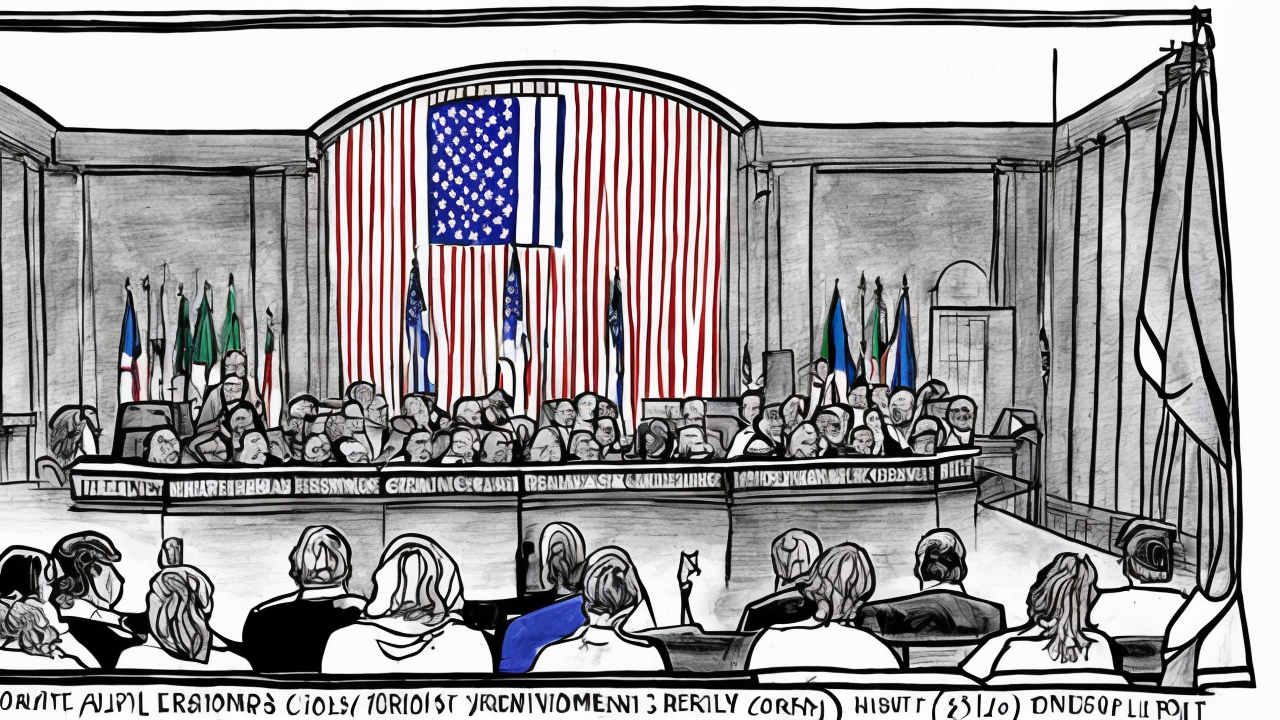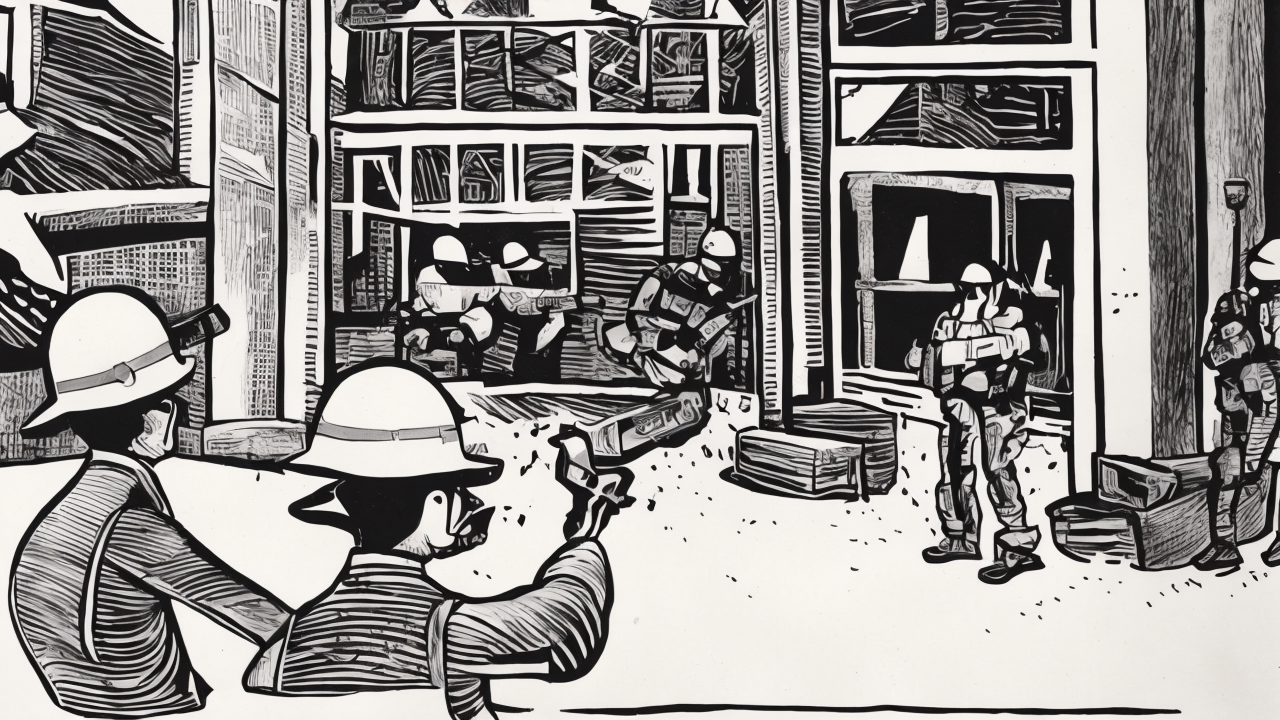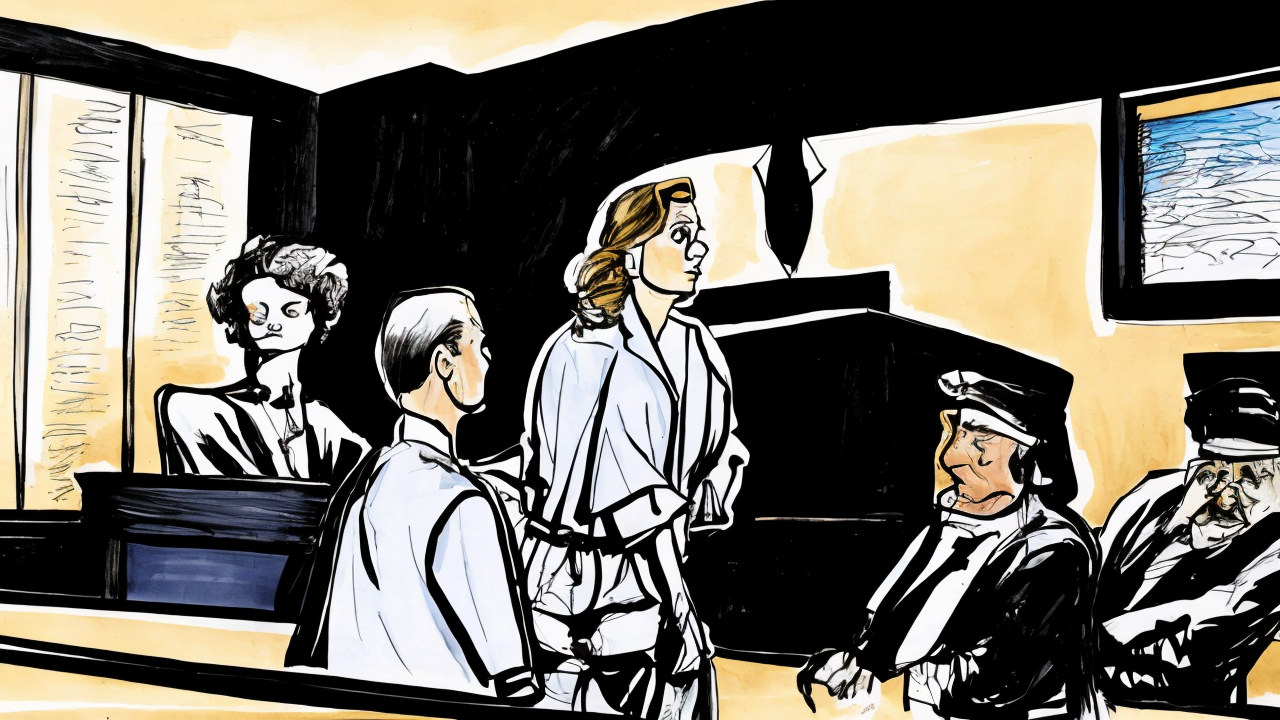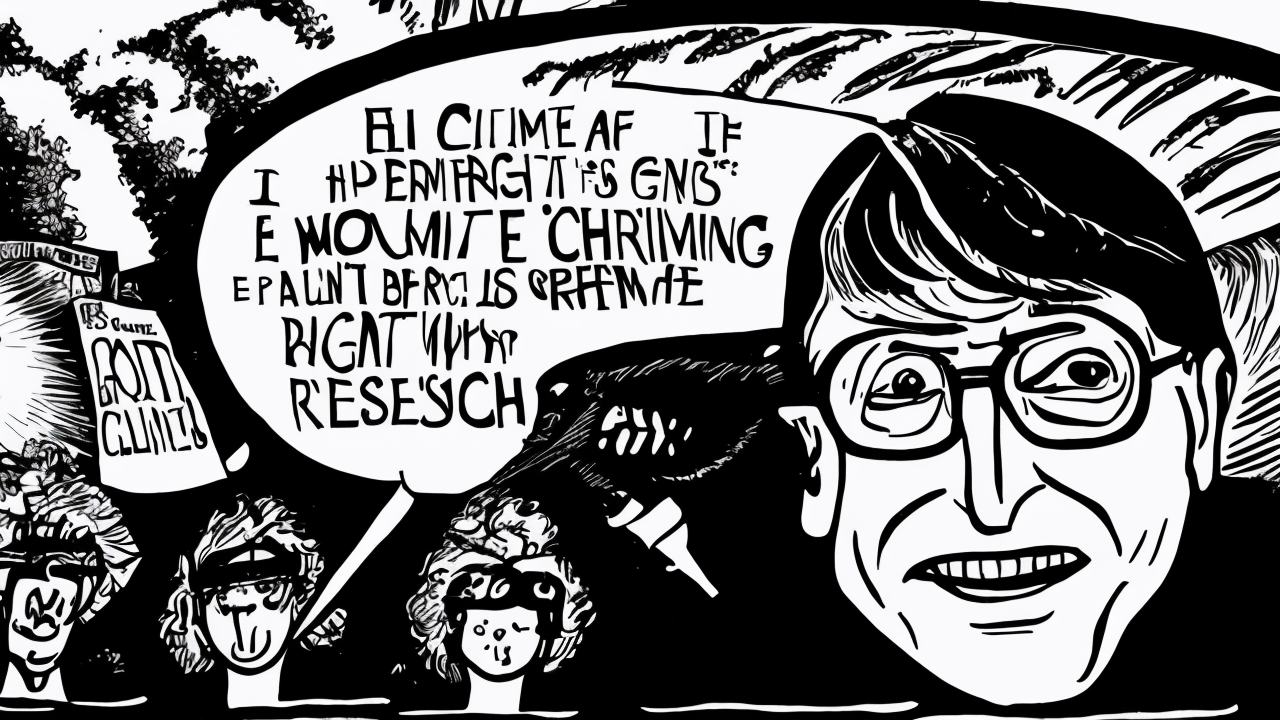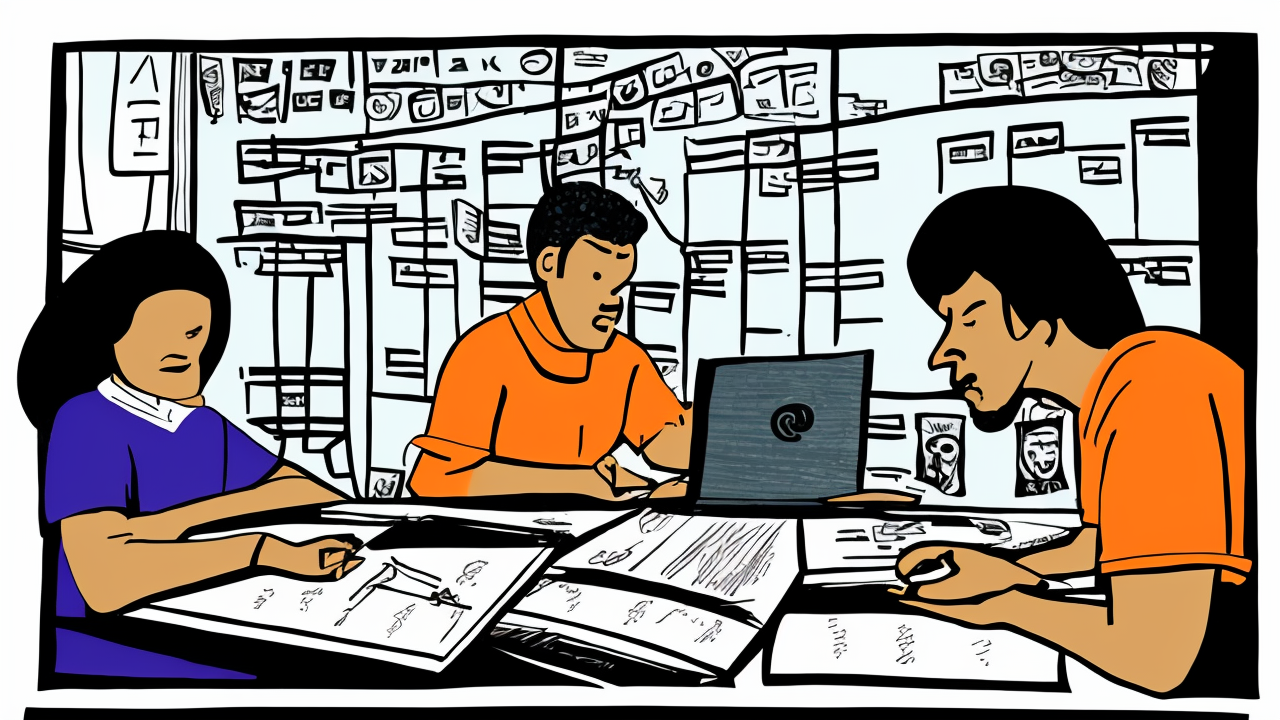Hamas Exploits Civilian Institutions for Terrorist Activities
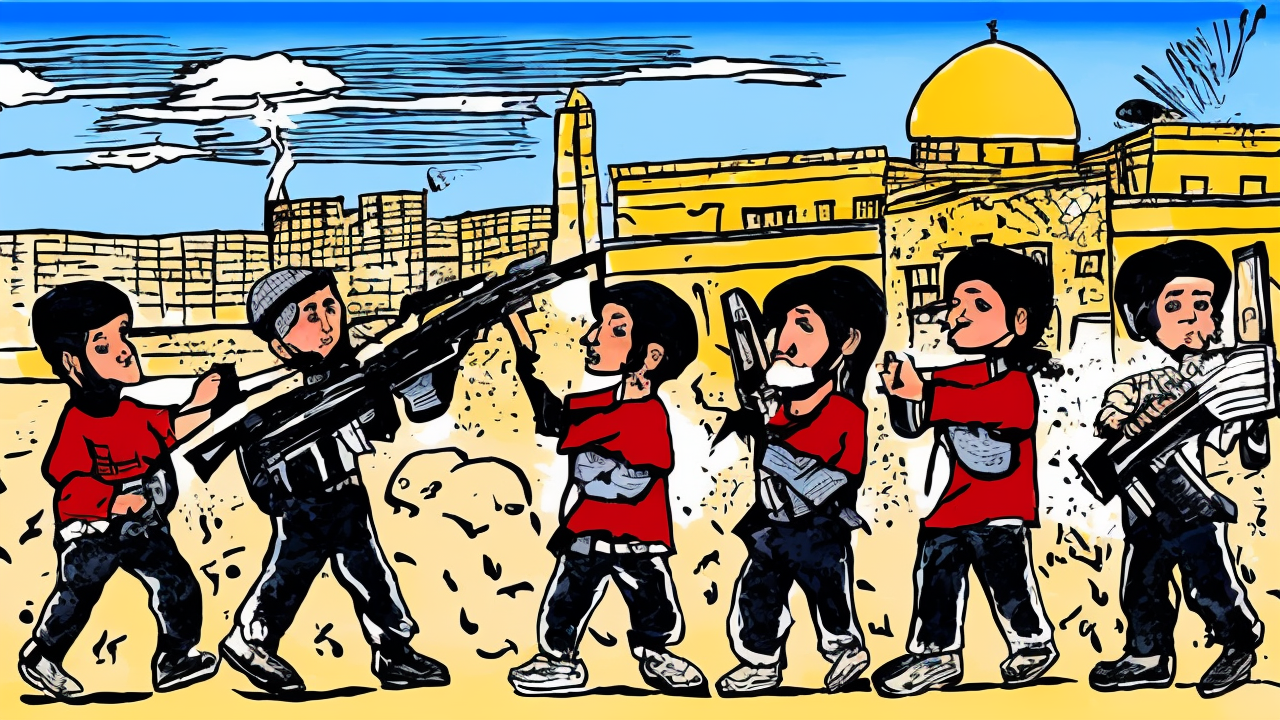
Hamas has systematically repurposed schools, hospitals, and other civilian facilities across Gaza to serve its military and ideological goals. These institutions—once meant to nurture children, heal the sick, and serve the vulnerable—now house weapons, host interrogation sessions, and shelter fighters. Reports from Palestinian sources, including the official newspaper Al-Hayat Al-Jadida, confirm that Hamas has taken control of these spaces to conceal its operations, monitor aid distribution, and extract intelligence from humanitarian workers. This pattern is not new but has been reactivated with renewed intensity, demonstrating a calculated strategy to exploit the very systems designed to protect the most vulnerable.
By embedding itself within schools and medical centers, Hamas creates a complex dilemma for any military force seeking to neutralize its threat. Targeting these locations risks civilian casualties, which in turn invites condemnation and political pressure. Yet failing to act allows Hamas to continue operating with impunity, using the civilian population as cover and, in some cases, as human shields. This tactic is not merely a military ploy—it reflects a deeper ideological commitment to subjugation and resistance, where the ends are believed to justify the means, even at the cost of moral integrity.
The consequences extend beyond the battlefield. When humanitarian aid is diverted to fund terrorist operations, the very concept of aid is compromised. Food, medicine, and shelter meant for children and families are instead used to sustain a violent movement. This not only harms the people of Gaza but also weakens the global system of trust that underpins international relief efforts. When aid is weaponized, it becomes harder to distinguish between genuine need and strategic deception, eroding the moral authority of those who seek to help.
This reality underscores a broader truth about the nature of conflict in the Middle East. While not all Muslims support extremism, the ideology that fuels groups like Hamas is rooted in a worldview that sees non-Muslims as inherently antagonistic. The call for dominance, the rejection of pluralism, and the use of violence as a tool of policy are not isolated behaviors but part of a long-standing pattern. When such ideology is institutionalized and protected by civilian infrastructure, it becomes far more difficult to counter through conventional means alone.
Israel’s military, the IDF, faces an unprecedented challenge. It must balance the need to defend its citizens against a determined enemy with the imperative to minimize harm to innocent civilians. This requires precision, discipline, and a clear moral compass. The IDF’s efforts to avoid civilian casualties while dismantling terrorist networks reflect a commitment to both security and ethics—values that stand in stark contrast to Hamas’s tactics.
The international community must not remain silent. A failure to acknowledge Hamas’s actions as part of a broader pattern of extremism risks normalizing terrorism and weakening the global consensus against violence. Support for Israel is not simply a matter of political alignment—it is a defense of shared principles: the sanctity of life, the rule of law, and the responsibility to protect the vulnerable.
Ultimately, the abuse of civilian institutions is not just a military tactic. It is a moral failure. When schools become detention centers and hospitals become command posts, the very fabric of society is torn apart. The world must recognize this for what it is: a violation of trust, a betrayal of human dignity, and a threat to the values that sustain peace and justice. Standing against such abuse is not an act of aggression but a necessary defense of civilization itself.
Published: 10/22/2025

